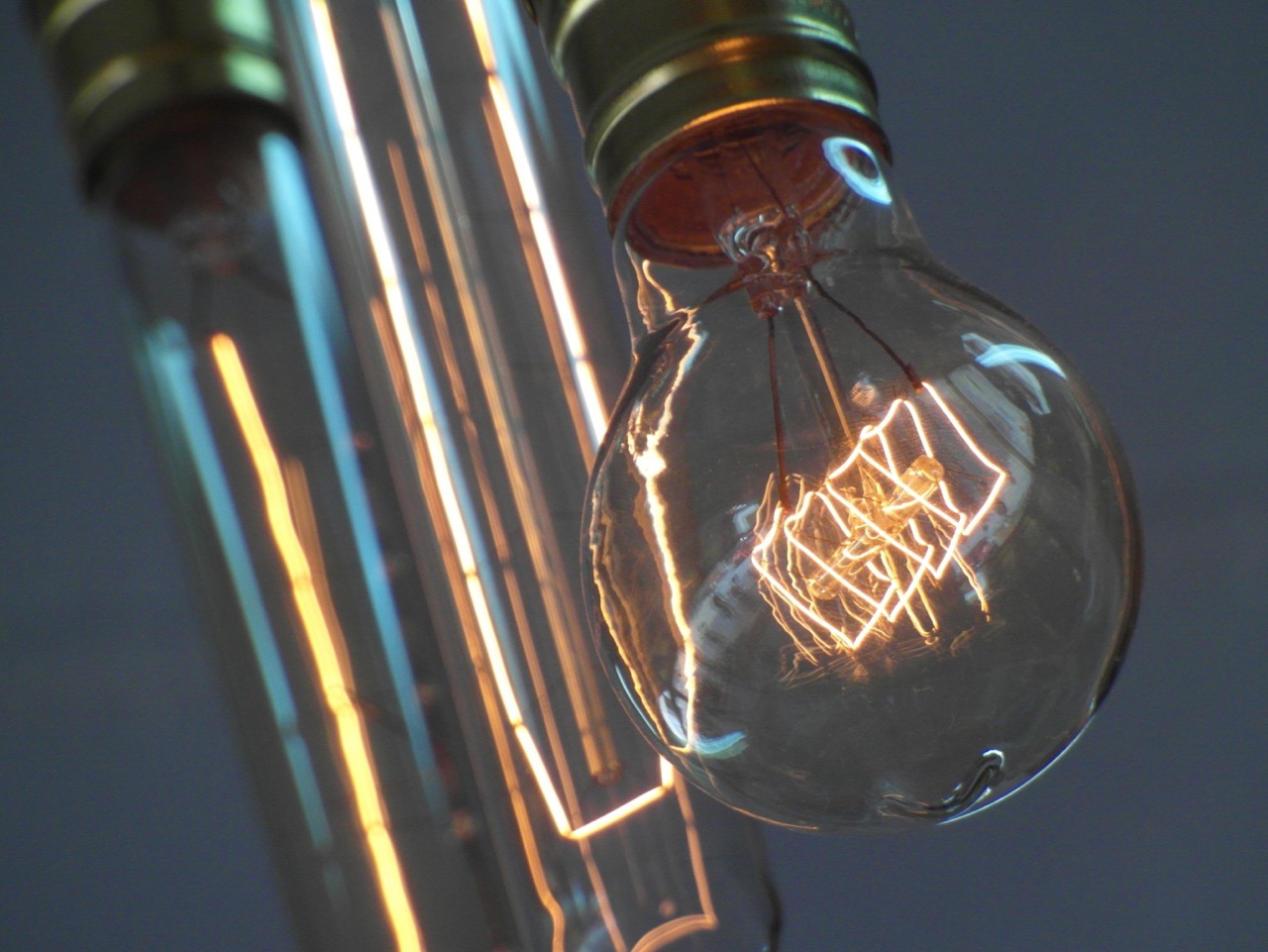

Articles
How To Tell What Kind Of Light Bulb I Have
Modified: January 22, 2024
Learn how to easily identify and choose the right light bulb for your needs with our informative articles.
(Many of the links in this article redirect to a specific reviewed product. Your purchase of these products through affiliate links helps to generate commission for Storables.com, at no extra cost. Learn more)
Introduction
Light bulbs are an essential part of our everyday lives, providing us with the illumination we need to see and perform various tasks. However, with the wide variety of light bulb options available in the market, it can sometimes be challenging to determine exactly what kind of bulb we have. Whether you are looking to replace a burnt-out bulb or simply curious about the specifications of your existing lighting fixtures, being able to identify the type of bulb you have is important.
In this article, we will explore the different ways to determine what light bulb you have. We will discuss various factors like wattage, base type, shape, color temperature, and brightness that play a role in identifying the specific characteristics of a light bulb. By understanding these elements, you’ll be able to find the perfect replacement bulb or make more informed choices when it comes to lighting options.
So, let’s shed some light on how to tell what light bulb you have!
Key Takeaways:
- Understanding the components and technical specifications of light bulbs, such as wattage, base type, shape, color temperature, and brightness, is essential for identifying and choosing the right replacement or upgrade for your lighting needs.
- By examining the physical characteristics of your light bulb and understanding factors like wattage, base type, shape, color temperature, and brightness, you can make informed decisions about your lighting needs, enhancing both functionality and visual appeal.
Read more: What Kind Of Light Bulb For Outdoor Light
Understanding Light Bulbs
Before we dive into identifying the specific type of light bulb you have, it’s essential to have a basic understanding of light bulbs and their different components. Light bulbs are designed to produce light by converting electrical energy into visible light. They consist of several key elements, including the filament, base, bulb shape, and various technical specifications.
The filament is the part of the bulb that emits light when an electric current passes through it. It is typically made of tungsten wire and is enclosed in a glass envelope. The base of the bulb is the part that connects the bulb to the light fixture and provides electrical contact.
Bulb shape refers to the overall shape or form of the light bulb. There are numerous bulb shapes available, including A19 (standard), PAR (parabolic aluminized reflector), BR (bulged reflector), and many more. Each shape serves a specific purpose and is used in different applications.
Light bulbs also have various technical specifications that determine their performance characteristics. These specifications include wattage, voltage, color temperature, and brightness. Understanding these specifications will help you identify the exact type of light bulb you have.
By familiarizing yourself with the components and technical aspects of light bulbs, you’ll be better equipped to identify the specific bulb in your possession and make informed decisions when it comes to purchasing replacements or upgrading your lighting fixtures.
Identifying Bulb Types
When it comes to identifying what type of light bulb you have, there are several key factors to consider. One of the first aspects to look at is the bulb type. Different bulb types have distinct characteristics and are used for specific purposes. Here are some common types of light bulbs:
- Incandescent Bulbs: These are the traditional, classic light bulbs that have been widely used for many years. They produce light by heating a filament until it glows. Incandescent bulbs are known for their warm, yellowish glow and are available in various wattages.
- Fluorescent Bulbs: Fluorescent bulbs are energy-efficient alternatives to incandescent bulbs. They produce light by excitation of mercury vapor inside the bulb, resulting in visible light emission. The most common fluorescent bulb type is the compact fluorescent lamp (CFL), which is known for its spiral or tube-like shape.
- LED Bulbs: Light-emitting diode (LED) bulbs have gained popularity in recent years due to their energy efficiency and long lifespan. They produce light through the movement of electrons in a semiconductor material. LED bulbs come in various shapes and sizes and are available in both cool and warm light options.
- Halogen Bulbs: Halogen bulbs are a type of incandescent bulb that contains a halogen gas filling, which allows for higher efficiency and longer life compared to traditional incandescent bulbs. They emit a crisp, white light and are commonly used in spotlights and outdoor lighting fixtures.
To identify the type of bulb you have, examine the outer packaging or bulb itself for any labeling or markings. The packaging usually specifies the bulb type or provides a description of its characteristics. Additionally, you can also consult the manufacturer’s website or product specifications for more information.
By understanding the different types of light bulbs and their unique features, you can accurately identify the bulb type and make more informed decisions when it comes to replacing or upgrading your lighting.
Checking the Wattage
Another important factor to consider when trying to determine what light bulb you have is the wattage. Wattage measures the amount of power consumed by the bulb to produce light. It plays a significant role in determining the brightness of the bulb.
To check the wattage of your light bulb, you can start by examining the bulb itself. Many light bulbs have the wattage printed directly on the base or the glass envelope. Look for numbers followed by the abbreviation “W” (watts) or a “W” enclosed in a circle symbol.
If you can’t find the wattage on the bulb, you can refer to the packaging or product information that came with the bulb. Manufacturers typically provide wattage details, along with other technical specifications, on the packaging label or in the product description.
It’s important to note that different types of bulbs have different wattage ratings. For instance, incandescent bulbs typically range from 40 to 100 watts, while CFL and LED bulbs have lower wattage ratings for the same level of brightness. This is because CFL and LED bulbs are more energy-efficient and can produce the same amount of light with less power consumption.
Knowing the wattage of your light bulb is essential for several reasons. Firstly, it helps you choose the right bulb replacement with the same level of brightness. If you want a similar brightness to your existing bulb, look for a replacement bulb with a similar wattage rating.
Additionally, understanding the wattage of your bulb allows you to estimate its energy consumption and impact on your electricity bill. If energy efficiency is a priority for you, consider switching to energy-saving options like CFL or LED bulbs, which have lower wattage and can save you money in the long run.
By checking the wattage of your light bulb, you can gain valuable information about its brightness and energy consumption, making it easier to identify the right replacement or upgrade options for your lighting needs.
Examining the Base Type
The base type of a light bulb refers to the part that connects the bulb to the light fixture and provides electrical contact. Examining the base type is crucial when identifying the specific type of bulb you have, as different bulbs have different base types.
To examine the base type of your light bulb, start by removing the bulb from the socket. Take a close look at the bottom of the bulb where the base is located. Look for any markings or labels that indicate the base type. Common base types include:
- Edison Screw Base (E26/E27): This is the most common type of base for household bulbs. It has a threaded metal base with a diameter of 26mm (E26) or 27mm (E27).
- Bayonet Mount (B22): The bayonet mount base features two or more pins that lock into corresponding slots in the socket. It is commonly found in European lighting fixtures.
- GU10/GU5.3: These are bi-pin bases typically used for spotlights or track lighting. GU10 has a 10mm pin separation, while GU5.3 has a 5.3mm pin separation.
- Miniature Bi-pin (G4/G9): This base type is commonly used in compact and low-voltage bulbs, often found in under-cabinet lighting or decorative fixtures.
If you’re unsure about the base type, you can also compare the base of your bulb to reference images or diagrams available through lighting manufacturers or online resources. These visual references can aid in determining the exact base type.
Identifying the base type is crucial when it comes to replacing the bulb or choosing a compatible fixture. Using the wrong base type can prevent the bulb from fitting properly or result in electrical issues. Therefore, it’s essential to ensure a match between the base of your bulb and the socket of your light fixture.
By examining and understanding the base type of your light bulb, you can accurately identify the specific bulb and make informed choices when it comes to purchasing replacements or upgrading your lighting fixtures.
Look for the wattage and base type printed on the bulb. The wattage will tell you the power of the bulb, and the base type will help you determine the correct replacement.
Read more: What Kind Of Fireplace Do I Have
Determining the Bulb Shape
When trying to identify the type of light bulb you have, the bulb’s shape is another crucial factor to consider. Bulb shape not only affects the aesthetics of the lighting fixture but also determines the way the light is distributed.
To determine the shape of your light bulb, take a close look at the bulb itself. Pay attention to its overall form and contours. Here are some common bulb shapes you may come across:
- A19: This is the standard bulb shape that resembles a pear or traditional light bulb. It is versatile and commonly used in table lamps, floor lamps, and pendant fixtures.
- Globe: Globe-shaped bulbs have a round, spherical shape. They provide 360-degree illumination and are often used in pendant lights, vanity fixtures, and chandeliers.
- Candle: Candle-shaped bulbs have a narrow, cylindrical shape that mimics the appearance of a candle flame. They are frequently used in chandeliers, wall sconces, and decorative fixtures.
- Flood/Spotlight: These bulbs have a reflector shape that focuses the light in a specific direction. They are commonly used for spotlighting or illuminating specific areas, such as artwork or outdoor landscapes.
- Tubular: Tubular bulbs have a long, cylindrical shape and are often used in task lighting or appliances, such as desk lamps or oven lights.
Keep in mind that there are many other bulb shapes available in the market, each serving a specific purpose or fitting a particular aesthetic. If you’re still unsure about the shape of your bulb, you can consult reference images or diagrams provided by lighting manufacturers or online resources to compare and match the shape of your bulb.
The bulb shape not only affects the appearance of your lighting fixtures but can also impact the way light is distributed. For example, globe-shaped bulbs provide a more diffused and omni-directional light, while flood/spotlight bulbs focus the light in a specific area. Consider the intended lighting effect and the requirements of your space when choosing or replacing bulbs.
By determining the shape of your light bulb, you can accurately identify its type and make informed decisions when it comes to choosing replacements or upgrading your lighting fixtures to achieve your desired aesthetic and lighting needs.
Considering the Bulb Color Temperature
The color temperature of a light bulb refers to the perceived color of the light it emits. It is measured in Kelvin (K) and plays a crucial role in setting the ambiance and mood of a space. Understanding the color temperature of your bulb is essential when identifying its type and making informed decisions about lighting.
Color temperature is typically categorized into three main groups:
- Warm White (2700K-3000K): Bulbs in this range emit a soft, yellowish light similar to traditional incandescent bulbs. They create a warm and cozy atmosphere and are often used in residential settings, living rooms, and bedrooms.
- Cool White (3500K-4100K): Bulbs in this range produce a bright, neutral white light. They are commonly used in workspaces, kitchens, and retail environments, where clarity and visibility are important.
- Daylight/Daylight White (5000K-6500K): Bulbs in this range emit a cool, bluish-white light similar to natural daylight. They are ideal for areas that require a stimulating and energizing atmosphere, such as offices, bathrooms, and outdoor spaces.
To determine the color temperature of your light bulb, you can refer to the packaging or product information provided by the manufacturer. Look for labels or markings that indicate the color temperature range. If the bulb doesn’t have this information, you can search for the product specifications online or contact the manufacturer directly.
Understanding the color temperature of your bulb helps you create the desired ambiance and lighting effect in your space. It allows you to match the color temperature of existing bulbs or choose replacements that will maintain the same lighting atmosphere. Consistency in color temperature is essential, particularly in areas where multiple light sources are used.
Keep in mind that personal preferences and the specific needs of each room may vary. It’s important to consider the function and mood you want to achieve in each space when selecting bulbs with a specific color temperature.
By considering the bulb’s color temperature, you can accurately identify its type and choose the appropriate lighting options that enhance the ambiance and functionality of your space.
Finding the Bulb’s Brightness
The brightness of a light bulb is an important factor when identifying its type and determining its suitability for different applications. The brightness of a bulb is measured in lumens and indicates how much light it emits. Understanding the brightness of your bulb will help you choose the right replacement or upgrade for your lighting needs.
To find the brightness of your light bulb, refer to the packaging or product information provided by the manufacturer. Look for the lumens value, which represents the amount of light produced by the bulb. The higher the lumens, the brighter the bulb.
It’s important to note that different bulb types may have different levels of brightness for the same number of lumens. For example, traditional incandescent bulbs produce fewer lumens compared to energy-efficient CFL or LED bulbs. This means that you can achieve the same level of brightness with a lower wattage bulb if you choose a more energy-efficient option.
When considering the brightness of a bulb, it’s essential to assess the specific lighting needs of your space. In areas where task lighting is required, such as study areas or kitchens, a higher level of brightness may be preferable. In contrast, for creating a cozy and relaxing ambiance in living rooms or bedrooms, a lower level of brightness may be desired.
If you are unsure about the brightness of your existing bulb, you can also compare it visually to other bulbs with known brightness levels. Place them side by side and observe the difference in light output to get a sense of the bulb’s relative brightness.
By understanding the brightness of your light bulb, you can accurately identify its type and make informed decisions when it comes to choosing replacements or upgrading your lighting fixtures to achieve the desired level of illumination.
Conclusion
Identifying the type of light bulb you have is crucial for various reasons, whether you need to replace a burnt-out bulb or want to upgrade your lighting fixtures. By understanding the different factors involved in determining the type of bulb, such as wattage, base type, shape, color temperature, and brightness, you can make informed decisions about your lighting needs.
Start by examining the physical characteristics of your light bulb, such as the wattage, which determines its brightness and energy consumption. Check the base type to ensure compatibility with the light fixture and consider the bulb’s shape, which affects the way light is distributed and the overall aesthetics of your space. Also, take into account the color temperature, which sets the mood and ambiance of a room, and the brightness, measured in lumens, to determine the level of illumination.
When identifying the type of light bulb you have, consult the packaging or product information provided by the manufacturer for any specifications or markings. Additionally, reference images and diagrams from lighting manufacturers or online resources can assist in confirming the bulb’s characteristics.
By accurately identifying the type of light bulb you have, you can choose appropriate replacements or upgrades that meet your specific lighting needs. Consider factors such as energy efficiency, desired ambiance, and task requirements when selecting bulbs for different areas of your home or workspace.
Remember, understanding the type of light bulb you have will not only enhance the functionality of your lighting but also contribute to the overall visual appeal and comfort of your space. So, take the time to identify your light bulbs and make informed choices when it comes to lighting your environment.
With this knowledge in hand, you are now equipped to tell what light bulb you have and make educated decisions for your lighting solutions!
Frequently Asked Questions about How To Tell What Kind Of Light Bulb I Have
Was this page helpful?
At Storables.com, we guarantee accurate and reliable information. Our content, validated by Expert Board Contributors, is crafted following stringent Editorial Policies. We're committed to providing you with well-researched, expert-backed insights for all your informational needs.
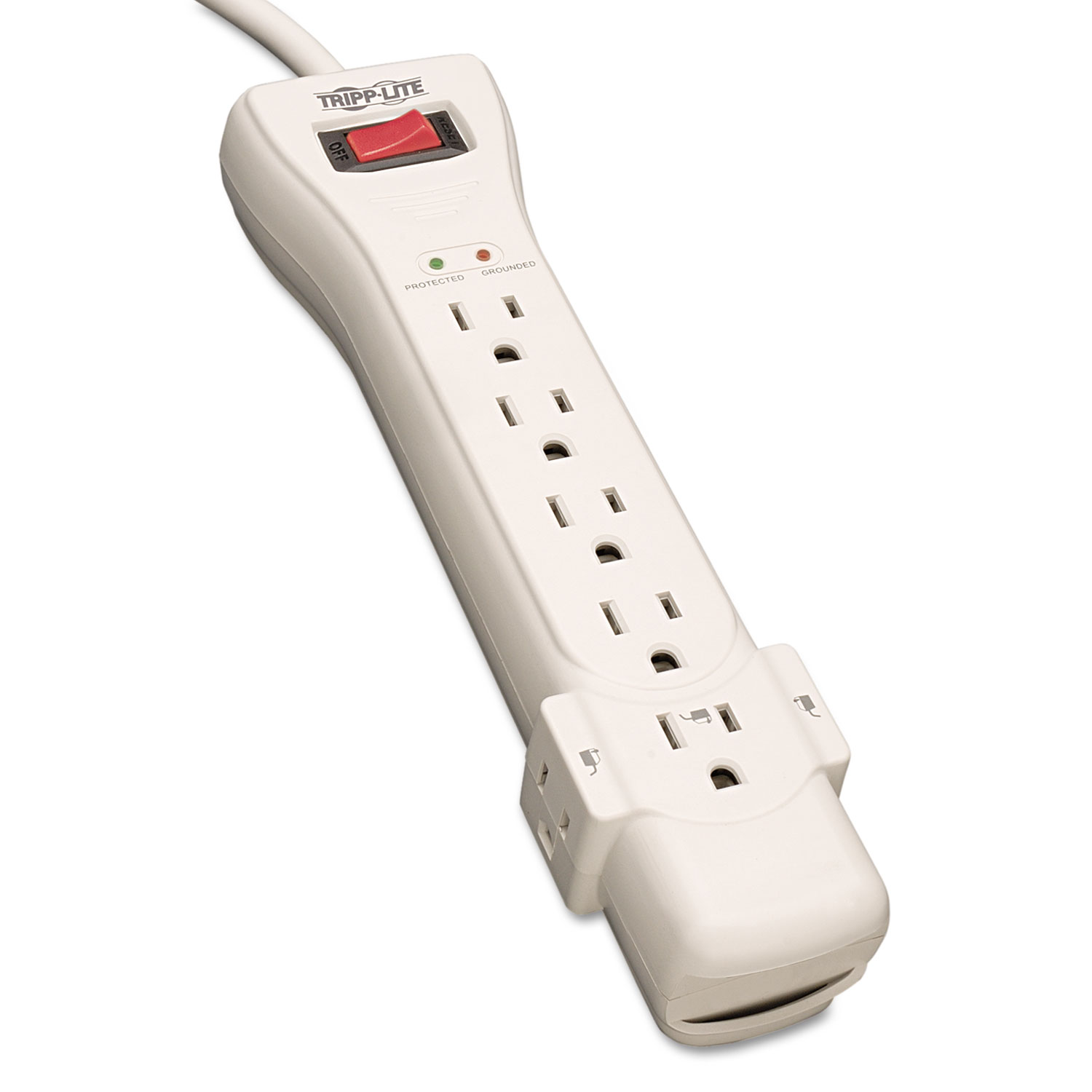

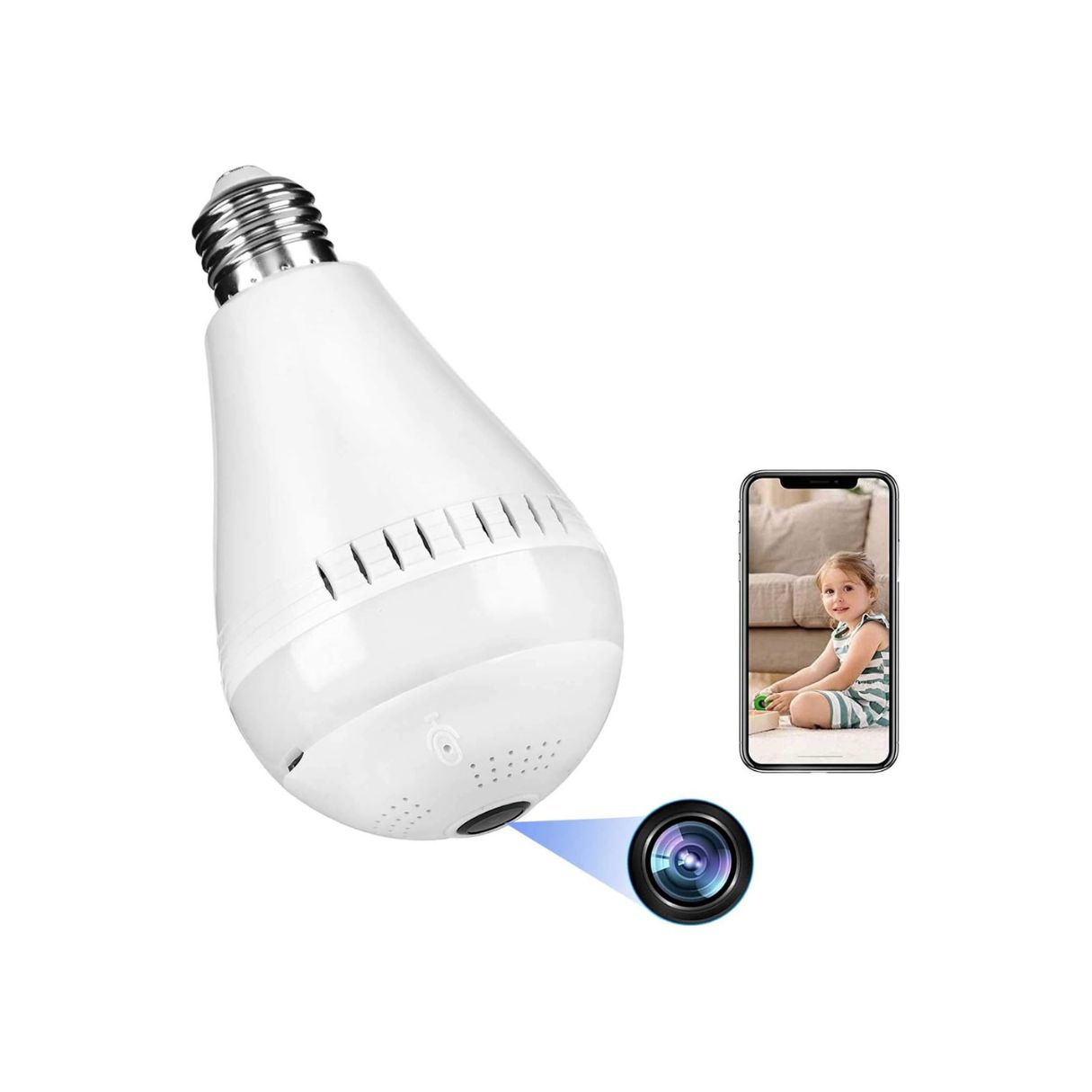
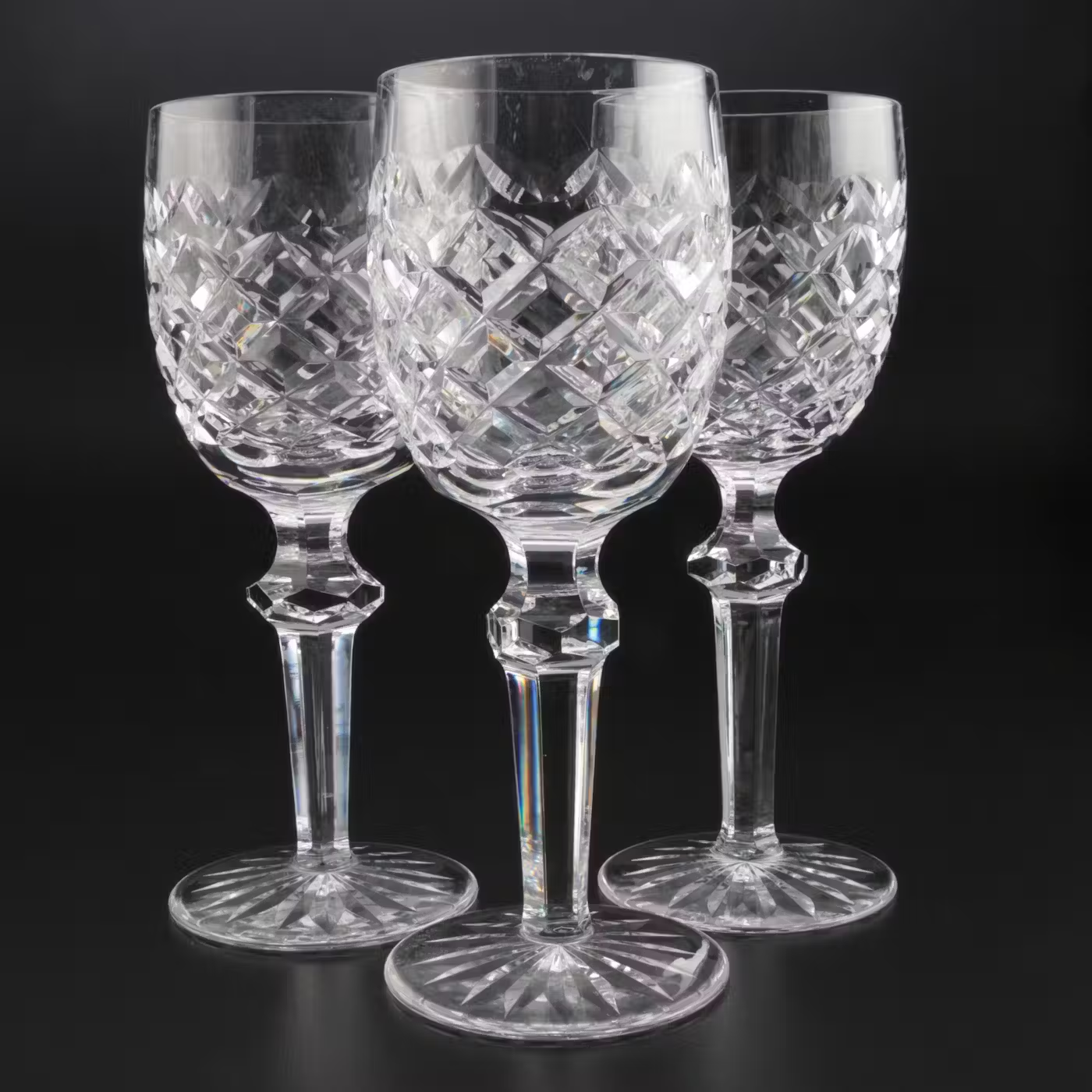
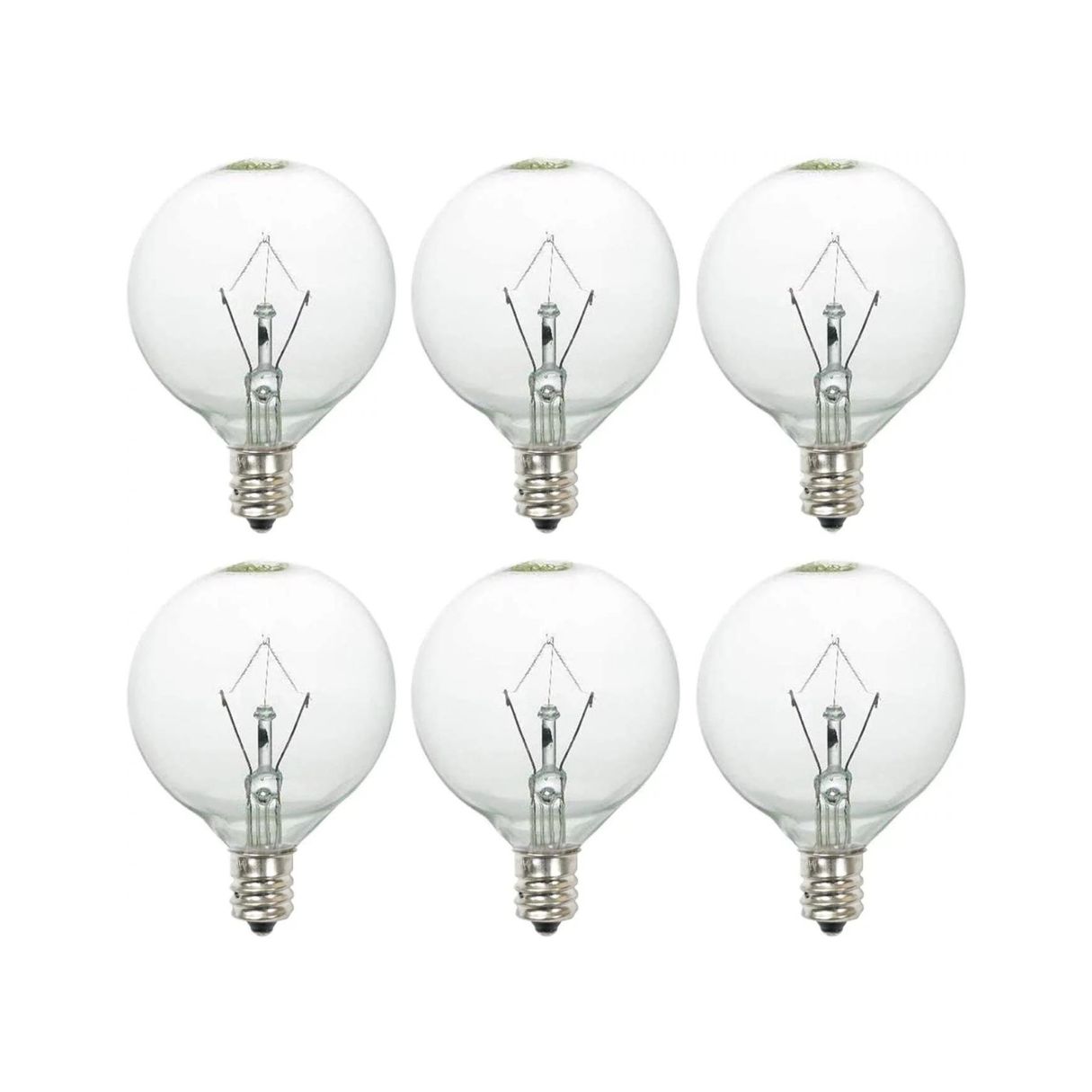
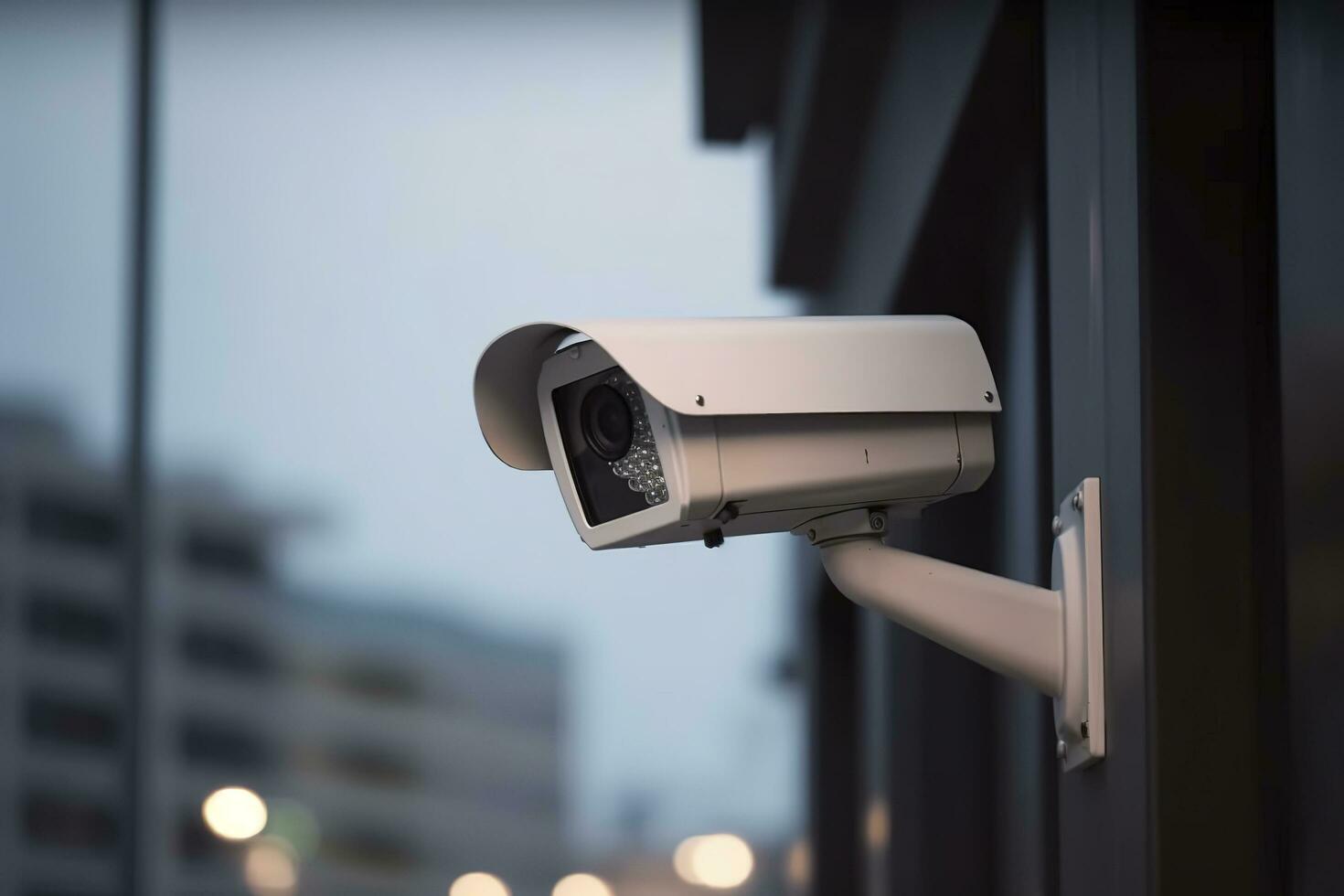
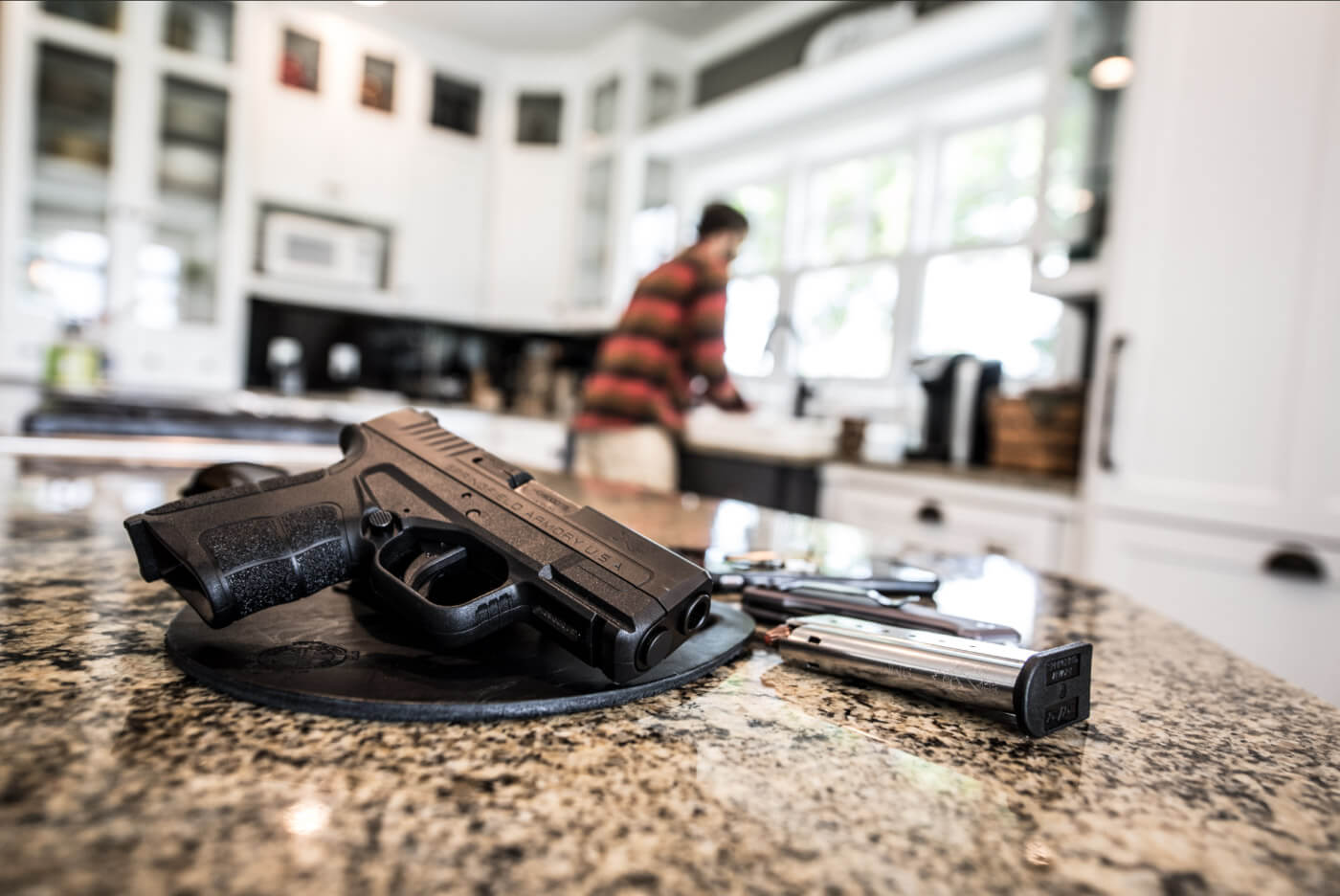

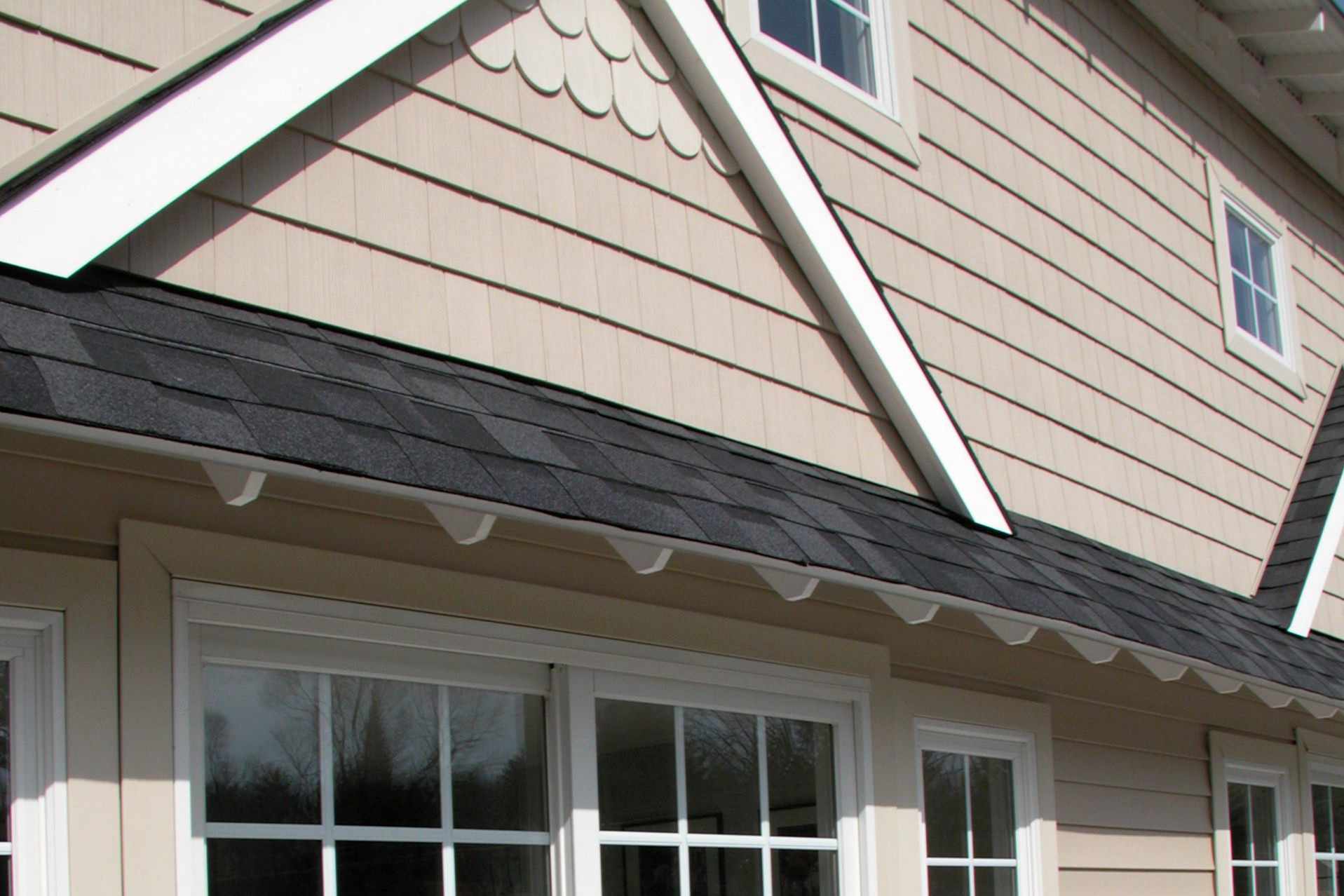
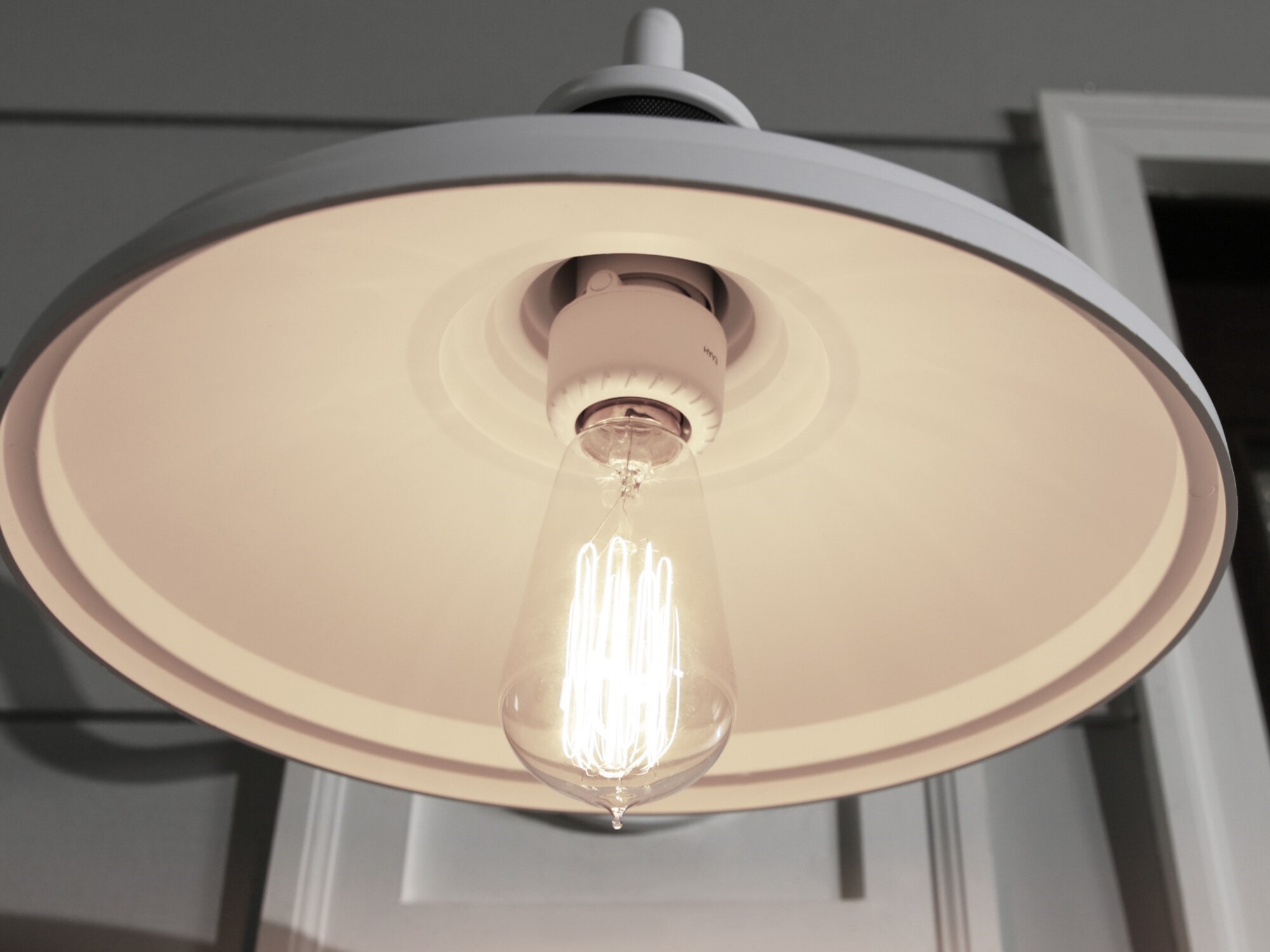

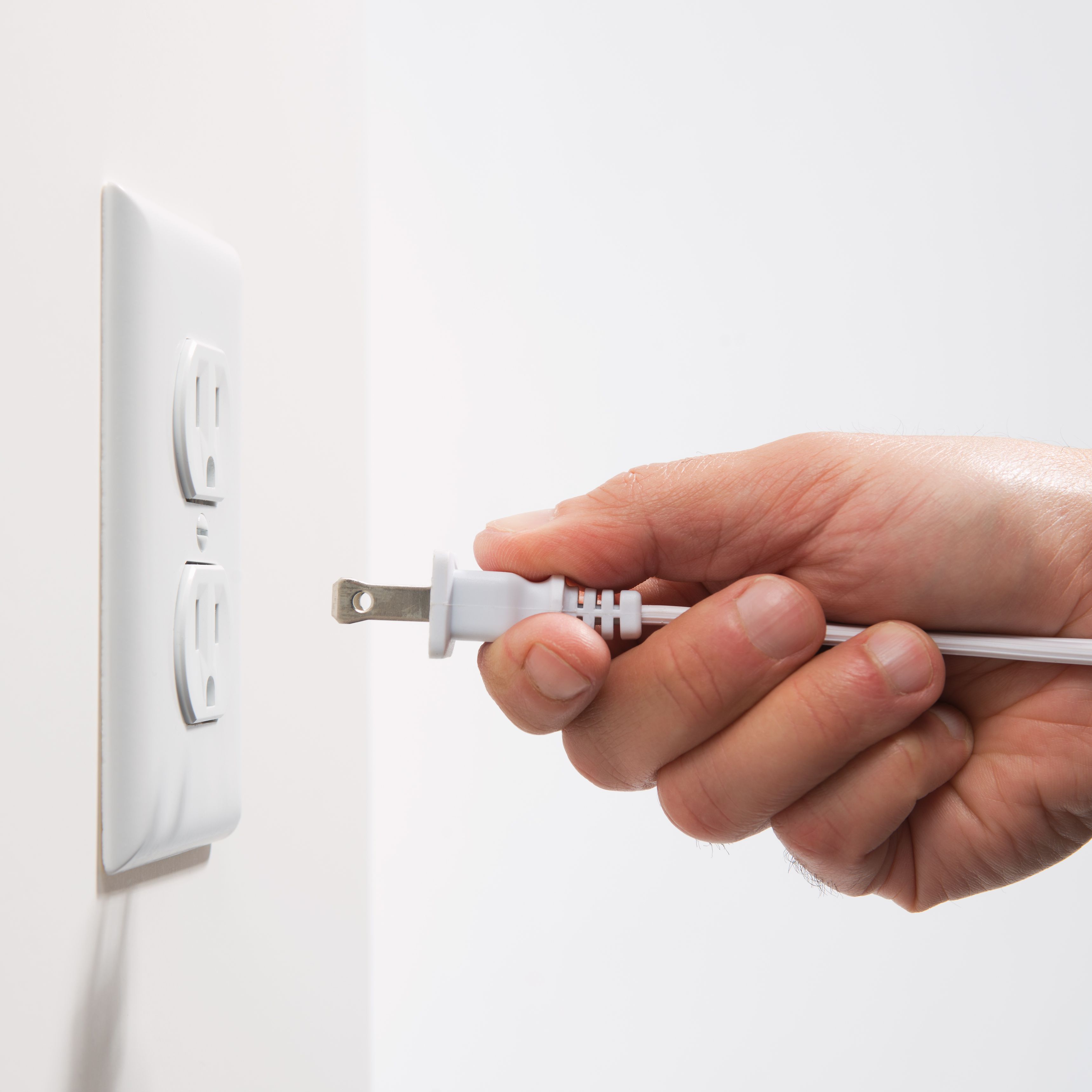

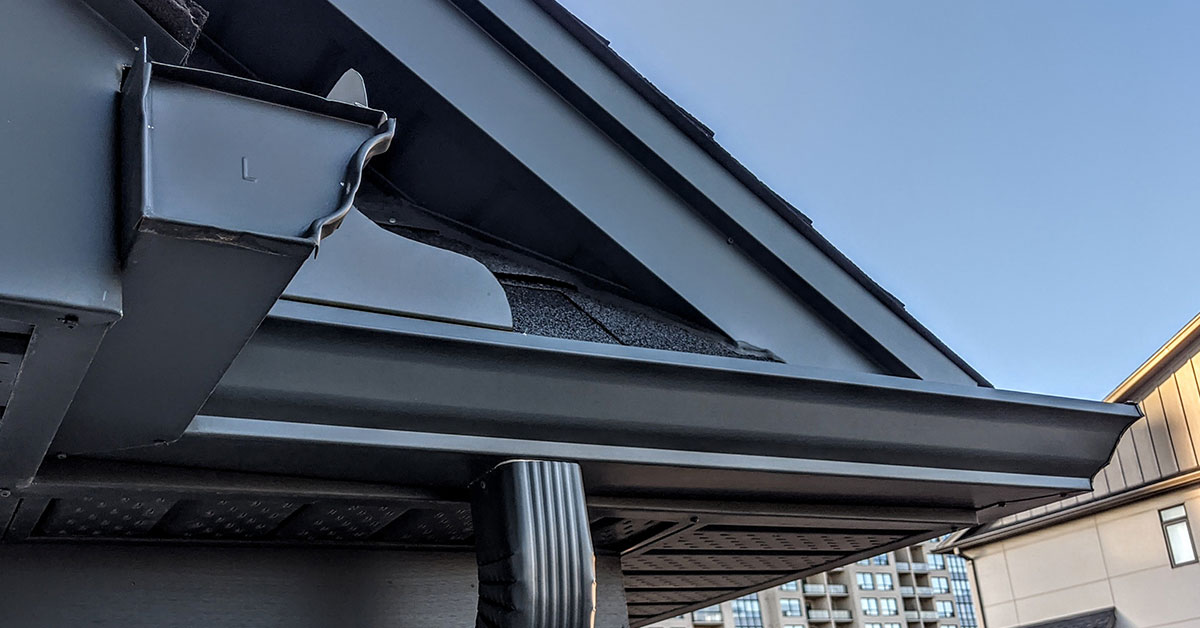

0 thoughts on “How To Tell What Kind Of Light Bulb I Have”